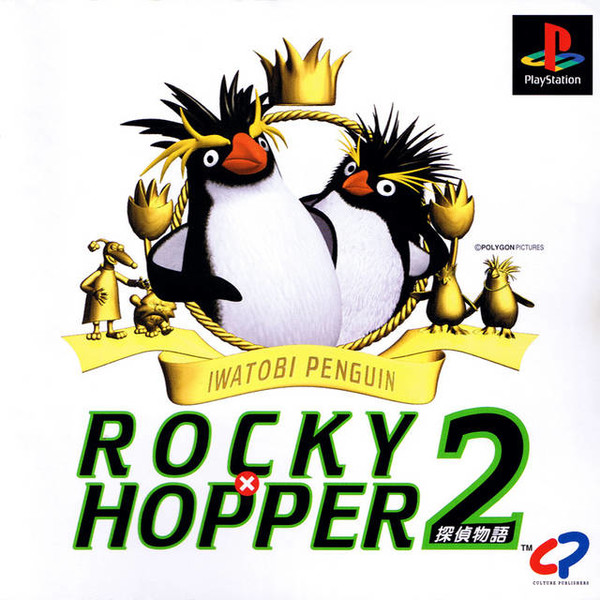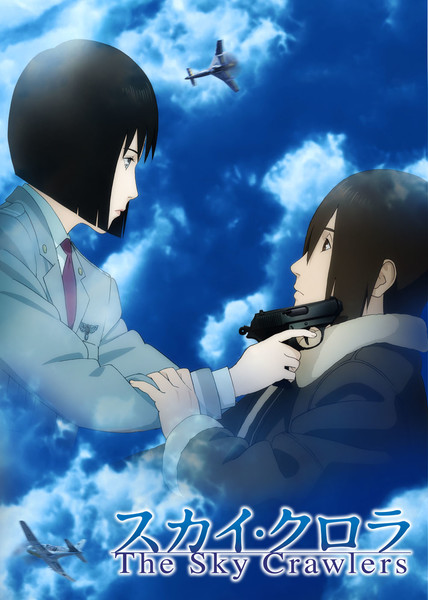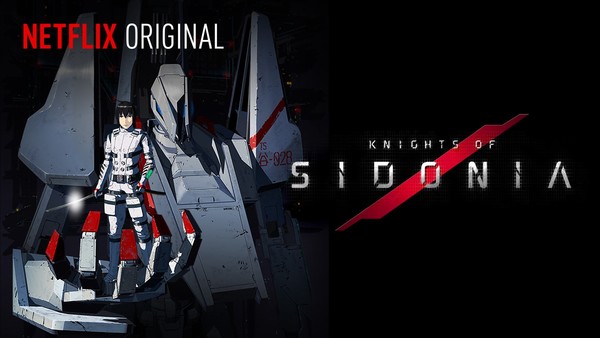Anime Limited's Cloud Matsuri Online Convention
President of Polygon Pictures – Shuzo John Shiota
by Andrew Osmond,
Cloud Matsuri's panels on Sunday included a one-to-one interview with Shūzō John Shiota, President and CEO of Polygon Pictures since 2003. The first part of the talk covered Shiota's early career path. In his words, it had a few detours. He majored in International Law at university, followed by a spell at Nippon Steel Corporation in the 1990s. When he was a youngster with a “socialist mindset,” Shiota was convinced computers were evil because they took away people's jobs, though he later came to see them as liberating. He started doing consulting work for Polygon Pictures in 1996. “I wandered into this industry and have been there ever since.”
Shiota described the extreme booms and busts in CG animation as the new millenium approached. The mid-90s, he said, saw a boom driven by Toy Story, which demonstrated that CG animation could tell a feature-length story. CG was also boosted by the rise of higher-performance games consoles such as the first PlayStation. Polygon Pictures, founded back in 1983, was caught up in the boom: “It was a very lively, euphoric time.” This was the age of Polygon's first hit characters, the penguins Rocky and Hopper in TV commercials, as the studio dreamed of becoming the next Pixar.

But the boom was dispelled within a few years, Shiota said. More CG players quickly made the market far more competitive. Polygon was developing its own CG feature film, also featuring penguins, but it never went into production. Soon after, the Square-animated CG film Final Fantasy: The Spirits Within was a commercial bomb. CG, Shiota said, was no longer 'cool.'
Shiotia added that the attitude of the Japanese animation industry was shaped by the prosperity of the Evangelion franchise in the '90s, which cost so little compared to projects like The Spirits Within. Anime companies of the time hated CG, Shiota said.
In 2003, when Shiota became Polygon's president, the studio had undergone multiple restructurings. “We were trying to salvage ourselves. ” One lifeline was Polygon's work on Mamoru Oshii's Ghost in the Shell 2: Innocence. The studio created the film's sublime title sequence; Shiota describes it as a “super honor.” The high-profile project led to further collaborations between Polygon and Oshii, on The Sky Crawlers and also on Oshii's “Mountain of Dreams” pavilion at EXPO 2005 in Japan.

But most of the anime industry remained frosty towards CG. “There was almost nothing in Japan at that time using CG.” So Shiota set his sights on America, travelling there on his own at first and knocking on doors. It worked. Readers may know about Polygon's triumphant handling of top-tier Hollywood properties through the 2010s, such as Tron: Uprising (a series that was important in developing Polygon's cel-shading techniques) and multiple cartoon iterations of Star Wars and Transformers. These titles made Polygon “the kings of boys' action,” Shiota said. He also mentioned Polygon's animation for an earlier prestigious tie-in that you may have missed, the Disney CG series My Friends Tigger and Pooh, which began back in 2007.
All these shows gave Polygon overseas clout, but it was also keeping its eye on Japanese properties. For example, Shiota cited the studio's award-winning 2009 trailer for CAPCOM's Street Fighter IV. Shiota said that 85% of Polygon's workforce is Japanese, but that the studio is always internationally minded. “Our first face is as an international company,” he said. He added that Polygon knows how to utilise its Japanese self, but that he personally prefers letting other people handle Polygon's domestic business. “I tend to shy away from dealing with Japanese people; I'm too non-conventional to do so well.”

The 2013 series Knights of Sidonia saw an influx of experienced, talented staff to Polygon, and it also marked Polygon's first collaboration with Netflix. Shiota remembered when Polygon reached out to global online platforms, in search of a revenue stream that would make such a series possible. It was Netflix that responded fast and favorably. Shiota characterized the platform as open to risky and provocative projects. Moreover, Netflix was eyeing the Asian market, and liked anime for its established fan following, as well as for its budget and the volume of anime content.
Platforms such as Netflix, Shiota said, open up “a bona fide market for anime, legitimate, overground and stable,” creating a tremendous number of new slots for anime in the West. Today, Shiota commented, the average smartphone has more computing power than Polygon dreamed of in 2000. Digital tools are now ubiquitous, which means the days when CG was a novelty, when it had a “special” stature, are gone. Polygon stands or falls by the quality of its content. “We need to keep revitalizing ourselves,” Shiota said, teasing “really juicy stuff” in the pipeline which Polygon may announce later this year.
this article has been modified since it was originally posted; see change history
back to Anime Limited's Cloud Matsuri Online Convention
Convention homepage / archives